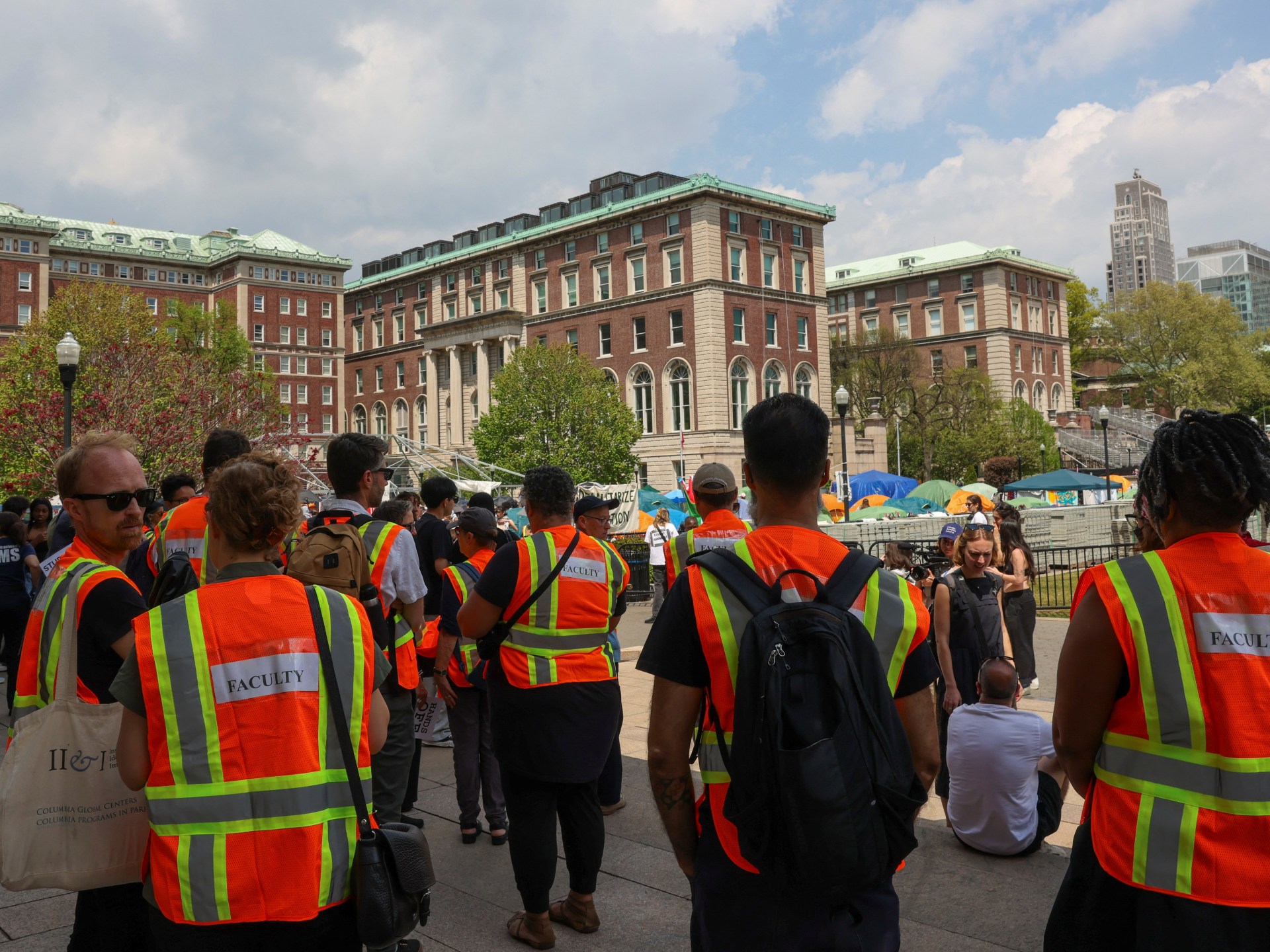With Gaza’s ancient Greek site of Anthedon being bombed, its “Napoleon’s Palace” destroyed and the only private museum burned down, the war has taken a terrible toll on the rich heritage of the Palestinian territory.
But in a strange twist of fate, some of its greatest historical treasures are safe in a warehouse in Switzerland. And ironically, it is all thanks to the blockade that made life in the Gaza Strip such a struggle for the past 16 years.
Also read | The Gaza war needs a smart exit strategy
The UN cultural organisation reckons, based on satellite images, that around 41 historic sites have been damaged since Israel began pounding the besieged territory after the October 7 Hamas attack.
On the ground, Palestinian archaeologist Fadel al-Otol keeps tabs on the destruction in real time.
As a teenager in the 1990s, Mr. Otol was hired by European archaeological missions before going on to study in Switzerland and at the Louvre Museum in Paris.
“All the archaeological remains in the north have been hit,” he said by phone from Gaza.

The 13th-century Al-Basha palace in Gaza City’s old town “has been completely destroyed. There was bombing and (then) it was bulldozed. “It held hundreds of ancient objects and magnificent sarcophagi,” Mr. Otol added.
Napoleon is said to have based himself in the ochre stone edifice at the disastrous end of his Egyptian campaign in 1799.
Archaeology is a highly political issue in Israel and the Palestinian territories, with discoveries often used to justify the claims of the two warring peoples.
Pivot point
While Israel has an army of archaeologists who have unearthed an impressive number of ancient treasures, Gaza remains relatively untouched by the trowel despite a rich past stretching back thousands of years. The only sheltered natural harbour between the Sinai and Lebanon, Gaza has been for centuries a crossroads of civilisations. A pivot point between Africa and Asia and a hub of the incense trade, it was coveted by the Egyptians, Persians, Greeks, Romans and Ottomans.
A key figure in excavating this glorious past over the last few decades has been Jawdat Khoudary, a Gazan construction magnate and collector.

Gaza had a property boom in the 1990s after the Oslo peace accords and the creation of the Palestinian Authority. When building workers dug up the soil, they came across lots and lots of ancient objects. Mr. Khoudary amassed a treasure trove of artefacts that he opened up to foreign archaeologists.
Marc-Andre Haldimann, then curator of MAH, Geneva’s art and history museum, could not believe his eyes when he was invited to have a look around the garden of Mr. Khoudary’s mansion in 2004.
“We found ourselves in front of 4,000 objects, including an avenue of Byzantine columns,” he said.
Quickly an idea took shape to organise a major exhibition to highlight Gaza’s past at the MAH, and then to build a museum in the territory itself so that the Palestinians could take ownership of their own heritage. At the end of 2006, around 260 objects from the Khoudary collection left Gaza for Geneva, with some later going on to be part of another hit show at the Institut du Monde Arabe in Paris.
Butin June 2007, Hamas drove the Palestinian Authority from Gaza. And Israel imposed its blockade.
As a result, the Gazan artefacts could no longer return home and remained stuck in Geneva, while the archaeological museum project fizzled out.
But Mr. Khoudary did not give up hope. He built a museum-hotel called Al-Mathaf on the Mediterranean coast north of Gaza City. But then came the Israeli ground offensive after the Hamas attack on October 7.
“Al-Mathaf remained under Israeli control for months,” Mr. Khoudary, who fled Gaza for Egypt, said. “As soon as they left, I asked some people to go there to see what state the place was in. I was shocked. Several items were missing and the hall had been set on fire,” he said.
While part of Mr. Khoudary’s collection has been lost, the treasures held in Switzerland remain intact.
But with any return impossible for the moment, Beatrice Blandin, current curator of MAH, said “discussions are under way” for a new Gaza exhibition in Switzerland. Mr. Khoudary is excited by the idea.
“The most important collection of objects on the history of Gaza is in Geneva. If there is a new show, it will allow the whole world to learn about our history,” he said from Cairo.
“It’s an irony of history,” said Mr. Haldimann, who is trying to get his friend Mr. Otol safely out of Gaza.
“A new Gaza exhibition would show once again that Gaza... is anything but a black hole.”

 1 week ago
107
1 week ago
107



